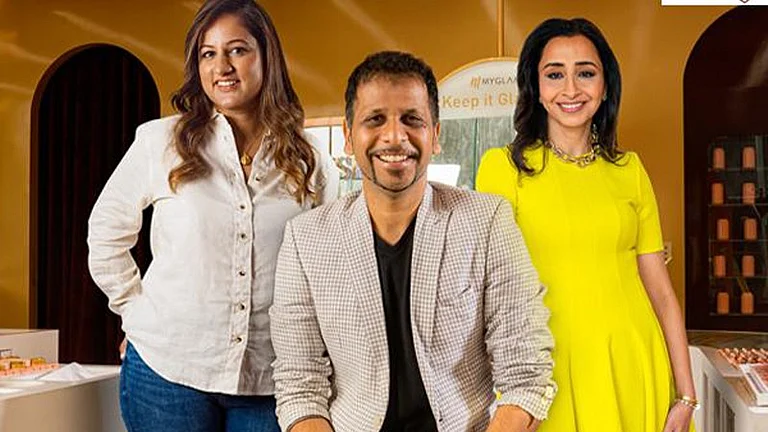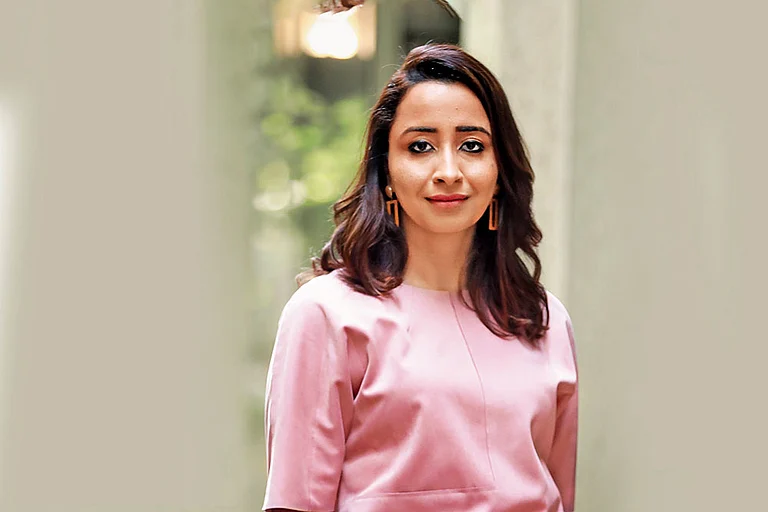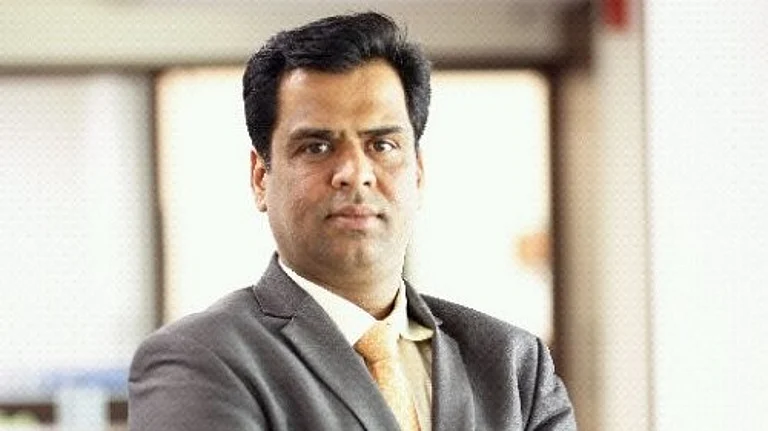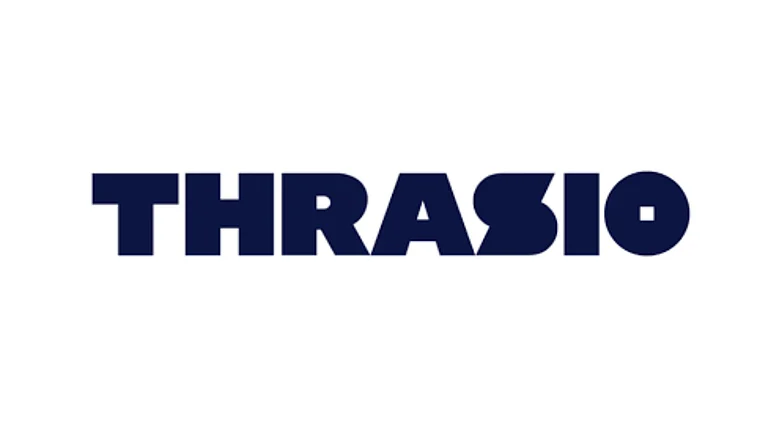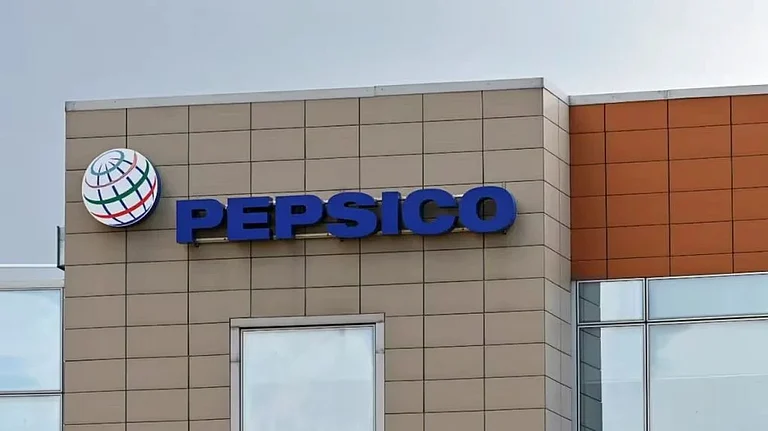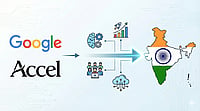“It’s easy to start a brand online, but scaling it is a whole different game.” That’s what Mensa Brands’ founder Ananth Narayanan once said. Cracking this code is truly difficult, as Indian start-ups have discovered at their own peril. Usually the first ones to catch emerging trends and turn them into opportunities, start-ups in India adopted the ‘Thrasio’ model—a US-based business strategy where a company acquires third-party D2C brands selling on Amazon. The Good Glamm Group was an early mover in the game here.
Like how Netflix started by acquiring popular shows like Breaking Bad, and The Office that already had a loyal fanbase. Instead of building its own content libraries one at a time, it rolled up already available content, packaged it better, and distributed it globally.
Similarly, Thrasio doesn’t allow a company to build other brands brick by brick. It focuses on acquiring smaller online players and scales them up through improved operational efficiencies, marketing, and distribution channels. Primarily, this US-based model targets online businesses selling on e-commerce platforms like Amazon.
But what usually looks easy on paper doesn’t always translate into smooth sailing during execution. Scaling through acquisitions brings its own share of complexities and pitfalls. It becomes even more evident when we look at The Good Glamm Group—a content-to-commerce platform that went on an acquisition spree in the hope of becoming a digital-first FMCG conglomerate of the future. However, its journey shows how challenging and turbulent the Thrasio model can be in practice.
Good Glamm’s Acquisition Game
What started with an effort to sell makeup items online, soon mutated into selling stories and parenting goods. Initially, Darpan Sanghvi launched MyGlamm (now a part of The Good Glamm Group) in 2017 with the backing of L’Occitane (French beauty conglomerate). In the first year itself, the online beauty brand dazzled with ₹13.7 crore in revenue. Its beginning looked decent, but there was a catch. Despite good revenue numbers in the first financial year, the company faced high customer acquisition costs.
Higher CAC raises concerns about profitability as the start-up needs to spend more for acquiring customers. At that time, MyGlamm’s CAC was as high as ₹1,000, and the average order value of this industry was around ₹750. Clearly, the online beauty start-up was losing money. To reduce this CAC, Darpan came up with a plan to generate “organic content” on the company’s own website to attract customers. This is when the online beauty platform adopted a “content-to-commerce” approach.
But it takes years to produce content that can attract customers. And the company didn’t have the time to build it from scratch, so Darpan chose a shorter route: acquisitions. One after another, he brought in media platforms, personal care start-ups, and digital communities to scale. In 2020, MyGlamm acquired PopXO, an Indian digital-content platform for millennial women and Plixxo, an influencer marketing platform—bboth founded by Priyanka Gill, who also became Good Glamm’s cofounder later.
The acquisition turned out to be a win-win solution for both sides, as Gill, who was struggling to monetise PopXO’s reach, got the right platform, while Darpan got access to millions of its users. After acquiring PopXO, the number of customer visit on MyGlamm’s website jumped from 30,000 to 250,000 per month while its CAC reduced to $1 from $15. In addition, the EBITDA margin also turned positive during the same year.
Similarly, in 2021, it also acquired Baby Chakra, a content and community platform for young mothers founded by Naiyya Saggi, who later became the third cofounder of MyGlamm. The merger of these three companies resulted in the formation of one large entity called ‘The Good Glamm Group’. It has four divisions: beauty & personal care, media, community, and creators.
Within five years of inception, the group became India’s first beauty commerce unicorn after receiving $150 million in a Series D funding-led by Prosus Ventures and Warburg Pincus. Its investors also included Bessemer Venture Partners, Amazon, Accel, Ascent Capital, and others. Till July 2022, The Good Glamm Group had acquired 11 companies and raised $250 million funds across various segments. Some other acquisitions include The Moms Co, Sirona, St Botanica, etc.
On the surface, this looked like a promising picture. Undoubtedly, the company was scaling fast and moving with a strong vision towards its IPO at a valuation of $10 billion. But its financials weren’t so rosy. Did its rapid acquisition-led expansion reflect in its numbers? Yes, but not in the way it hoped.
Dark Side of Hurried Buyouts
With its valuation above $1 billion, and over $150 million in funding, coupled with a compound annual growth rate (CAGR) of 251%, it looked like there was no chink in My Good Glamm Group’s armour. But behind its billion-dollar shine, its financials revealed a less-glamorous story. The Mumbai-based start-up reported around ₹362 crore in losses at the end of fiscal year 2022. The next year (FY23), this number ballooned to ₹917 crore, a 150% jump from the previous year.
Clearly, the company was under financial stress, despite ₹603 crore in revenue in FY22. The lack of finances led to other challenges as well, like delayed salary payments, layoffs, and a leadership exodus, including cofounder Priyanka Gill and CEO Sukhleen Aneja. According to reports, another cofounder, Naiyya Saggi is also not involved in the company’s day-to-day operations now, but she still holds equity. Additionally, several independent directors have also quit the beauty brand.
This financial strain and exodus of top leaders has also eroded investor confidence in the company, prompting board resignations from major investors such as Accel Partners, Bessemer Venture Partners and Prosus Ventures. Once valued at $1.2 billion, the company is now struggling to maintain liquidity, casting doubts on its long-term sustainability and growth prospects.
It seems that the acquisition game backfired, and Good Glamm is now back to square one. It began divesting its acquired brands in early 2025 amid financial and operational challenges. Earlier this year, it sold ScoopWoop to meme marketing agency WLDD for approximately ₹20 crore (acquired at ₹100 crore in 2021), Sirona Hygiene to its original founders for Rs 150 crore, and MissMalini Entertainment to Creativefuel for ₹4 crore (much lesser than the acquisition amount).
The company has run out of money, and the promoters are now looking to raise further capital at around 90% drop in valuation. Mint reported that Good Glamm needs another ₹250 crore to settle its liabilities, payments to vendors, employees’ salaries, and more. It is pertinent to note here that the company had already raised $30 million from its investors through rights issue in March 2024. Tracxn data shows that it has raised a total of $342 million in funds till date.
Thrasio was only one of the reasons behind its troubles, there were other reasons too. Industry experts believe that the strength of its different channels could not be converted into a robust distribution engine and lead to CAC reductions. Nikita Aggarwal, Brand Strategist at Founder’s Office of NxtWave shared an example to explain.
“The group acquired ScoopWoop whose audience was mostly male dominated. But the products of Good Glamm were beauty & fashion which could not fit with the audience. They acquired MissMalini which was about celebritiy content. Scaling that into commerce engine was a tough task and it would have led to high burn, in turn increasing CACs,” she said.
Good Glamm was the only new-age company to chase Thrasio model. Several others in the D2C segment also followed the same.
Sanghvi's Revival Bet
On July 4, Sanghvi himself has acknowledged that the brand is experiencing severe financial stress. He recalled the company was on the verge of selling one of its brands at the end of its funding cycle, a transaction that would have provided the funds to secure the brand’s future.
"Everything was done, but just before we could sign and secure Good Glamm, the CEO of the acquiring company stepped down at the last moment, and the deal fell through. It was a gut punch out of nowhere that sent us scrambling for funding and securing a lifeline,” he wrote on LinkedIn.
However, the founder informed that the start-up has now entered several restructuring discussions with its lenders. “There are several restructuring discussions underway in conjunction with our lenders. As we make progress, I’ll continue to share updates”.
“It is my moral responsibility to resolve this for every past and present employee, and for every stakeholder (whether its our lenders, vendors and our equity shareholders) and set things right, and I promise you: I will not stop until I do,” he assured.
Beyond The Good Glamm Group
GlobalBees, a venture by First Cry, also applied the Thrasio model by optimising brands for several e-commerce platforms, including Amazon India and Flipkart. They also offered strategic advice on marketing, supply chain management, and product development. GlobalBees targets brands with yearly revenues of $1 million to $20 million and integrates them into its ecosystem. It earned unicorn status in December 2021, demonstrating its tremendous expansion.
Other D2C brands that followed the same drill include Mensa Brands (founded by former Myntra CEO Ananth Narayanan; it has acquired 15 brands in fashion, home décor and personal care), 10Club which has initiated bankruptcy proceedings despite raising $40 million funds, GOAT Brand Labs (founded by ex-Flipkart executive Rishi Vasudev) which aims to build a house of brands, among others.
Besides these start-ups, an analyst stated that legacy brands like HUL (Hindustan Unilever Limited) also tried to bring many consumer brands under one roof. However, unlike new-age companies, HUL’s portfolio and market share is huge due to its decades-long brand building.
“The compromises they (HUL-like brands) make to sell online are far fewer compared to Good Glamm. For instance, the return on ad spends for HUL is far better. They won’t engage in heavy discounting the way Good Glamm has—selling lipsticks and beauty products for ₹1, just to show growth to investors,” said Akshay D’Souza, independent consumer brands consultant.
However, as the market leader, even a small shift in EBITDA margins can impact big brands’ stock. For HUL, the major driver of profitability remains offline retail, he added. The current scenario has raised concerns over whether the Thrasio model is viable in the Indian market, especially for start-ups.
Innovation Vs Scale: Thrasio Dilemma in India
While new-age brands drive significant product innovation and quick online traction, they still face challenges in creating offline presence for long-term growth. “Any brand which has cracked offline retail in India has seen deeper penetration and better growth. D2C model can give a good start but scaling happens offline,” said Aggarwal, while citing the example of Minimalist, which started as a D2C play but soon expanded well on quick commerce, e-commerce, and offline retail platforms.
She sees omnichannel distribution strategy as the key pathway to scale. And Good Glamm lacked both offline presence and penetration as they only focused on one channel. D’Souza echoes similar sentiments about expansion, saying new-age D2C brands scale faster on the back of digital distribution but offline presence is inevitable.
“Many young brands have even built a loyal customer base and scaled up to ₹100 crore faster. But in India, if a brand really wants to scale in beauty and personal scare segment, offline presence becomes essential. That’s where the real challenge and opportunity lies. Legacy companies have a massive distribution muscle but they lack product innovation. And start-ups are good at innovation,” he said.
But the cost of brand acquisition is very high. It becomes back-breaking for new players to spend money on others’ products and scale their own brand. The company works like an agency to multiple brands across various segments like digital marketing, content creation, etc.
And nowadays, D2C brands burn cash in performance marketing or influencer marketing, but they forget about the fact that revenue is top matrix. Hence, analysts recommended that the new players should form teams internally, rather than following Thrasio until they have really deep pockets.









